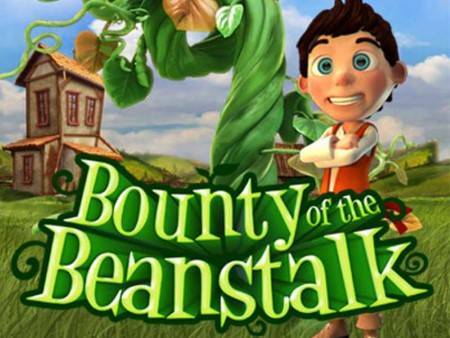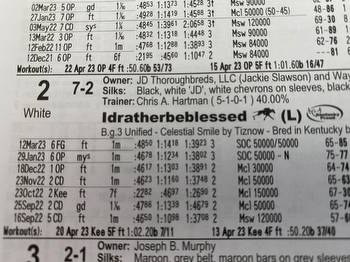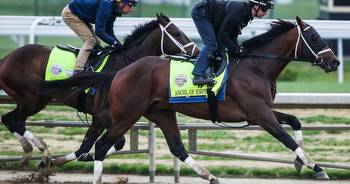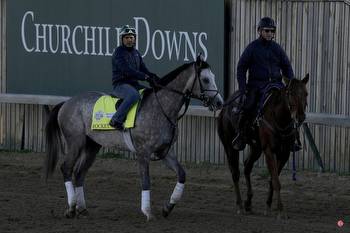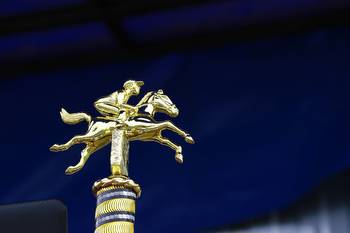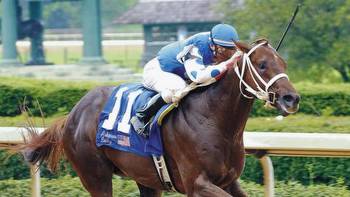Kentucky Derby 2023: What are the requirements for horse names?
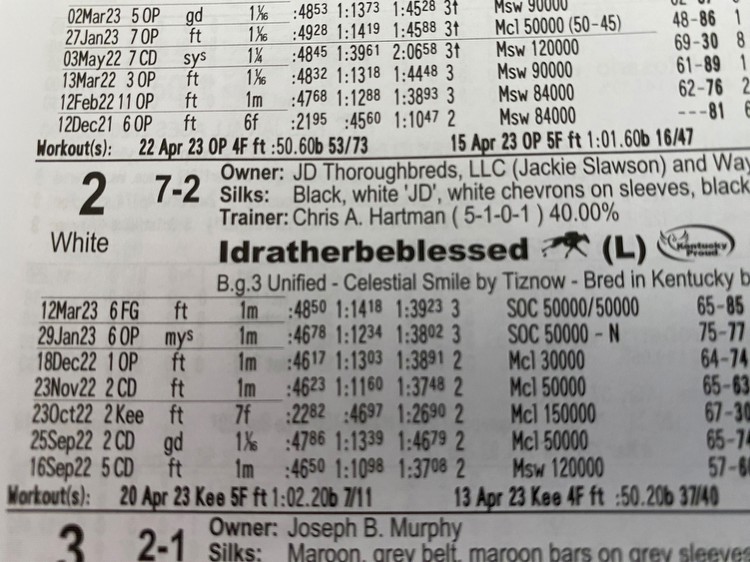
LEXINGTON, Ky. (WDKY) — Long before the likes of Rich Strike and other horse-racing legends made a name for themselves by crossing the finish line first, they needed an actual name.
That’s where the folks at The Jockey Club come in.
The Jockey Club, based in Lexington, Kentucky, is the official registry of all thoroughbreds in the U.S. and Canada. The organization is also tasked with maintaining and enforcing the naming guidelines for racehorses — and there are plenty of guidelines to consider.
“The very first thing that happens is [a name] goes through a phonetics process to make sure there’s not a similar sounding name that already is in existence,” Kristin Werner, senior council of The Jockey Club, said.
This particular requirement, Werner explained, is to help avoid confusion as races play out. For example, what would happen if a race pitted “Beautiful Sea” against “Beautiful See?”
“You wouldn’t actually know which one you’re talking about because the name sounds exactly the same,” Werner said.
Some names have been used more than once throughout horse-racing history. Generally, names are available for use again after a horse has been out of racing or breeding for 10 years. But, Grade 1 Stakes winners are protected for 25 years.
You’ll only see the greatest champions’ names, like Secretariat, Seattle Slew, and Man o’ War, on things like street signs: Their names are never available for duplication on the dirt or turf.
Horse owners also sometimes name their animals based on space markings or other physical appearance features.
“If, maybe, a foal had an accident or something when they were young and got a scar, they might get a name that’s boxing-related,” Werner said.
But movie legend Rocky Balboa’s nickname, “The Italian Stallion,” would never be approved, because no horse name can be longer than 18 characters (spaces and punctuation included). Therefore, some horse owners choose to jumble letters together in order to squeeze their favorite names within the limit.
The Jockey Club also prohibits certain words or phrases, including any “horse-related terms” such as “filly” or “colt.” Also off-limits are “names that are suggestive or have a vulgar or obscene meaning,” including any name the Jockey Club deems “in poor taste” or otherwise offensive.
Horses cannot be named after any “living persons” either, unless The Jockey Club is provided with written permission from the namesake. It’s happened many times over the years, but one of the most notable instances occurred when Barbara Bush — who was the nation’s first lady at the time — gave her written consent for a filly to use her name, according to Jockey Club registrar Rick Bailey, who recounted the story in a 2005 interview with NPR.
More often than not, owners consider each thoroughbred’s lineage when choosing a name, and some incorporate the name of either the horse’s sire (father) or dam (mother). Many try to incorporate both, as is the case with 2023 Derby contender Tapit Trice, the offspring of sire Tapit (one of North America’s former leading sires) and dam Danzatrice (whose name was taken from the Italian term for ballerina).
But even in the absence of a family name, most racehorses find themselves saddled with something that at least seems significant enough to their owners. As legend has it, Kentucky Derby winner Paul Jones was named in honor of Admiral John Paul Jones, or a famous brand of whiskey in the 1920s.
Just how important is a horse’s name?
A recent Spring Meet attendee at the Keeneland Race Course in Lexington explained how she picks a horse to win when she steps up to the betting window.
“Literally just the horse name. I just pick the name I like the best,” Meagan Cook said.
It’s hardly an exact science. But if it leads to your horse crossing the finish line first, who are we to start name-calling?
